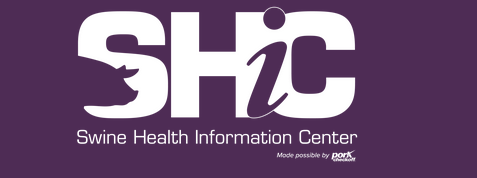
In the ongoing battle against Mycoplasma hyopneumoniae (M. hyopneumoniae), a new tool promises to advance the health and productivity of swine herds. M. hyopneumoniae, a key contributor to respiratory disease in pigs, poses significant challenges for producers due to its impact on animal welfare and farm profitability.
The innovative solution, developed by leading researchers and veterinarians, focuses on improving diagnostic capabilities and optimizing control strategies for this pathogen. By leveraging advanced technologies, the tool offers producers greater insight into the prevalence and management of M. hyopneumoniae within their operations.
Key Features of the Tool:
- Enhanced Diagnostics: The tool provides accurate and timely identification of M. hyopneumoniae, enabling producers to act proactively to mitigate outbreaks.
- Data-Driven Insights: It integrates herd health data to help tailor intervention strategies, ensuring that treatment and prevention efforts are effective and efficient.
- User-Friendly Application: Designed for seamless integration into existing management systems, the tool supports ease of use and accessibility for producers of all scales.
Impact on the Swine Industry Respiratory diseases, such as those caused by M. hyopneumoniae, are among the most costly health challenges in swine production. By improving disease monitoring and control, the new tool not only enhances herd health but also contributes to reduced antibiotic use and better overall sustainability.
Dr. John Smith, a leading swine veterinarian, highlighted the tool’s potential: “With this innovation, producers can identify and address Mycoplasma hyopneumoniae challenges earlier and more effectively. This not only benefits animal welfare but also reduces economic losses associated with this disease.”
As the swine industry continues to adopt technology-driven solutions, tools like this represent a significant step forward in achieving healthier herds and more resilient operations. Producers are encouraged to explore this innovation and consider how it can enhance their existing health management programs.





